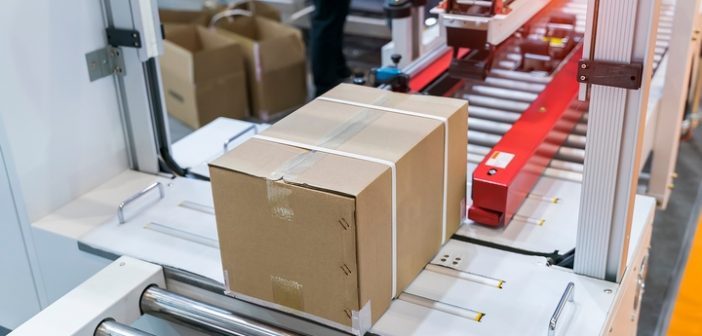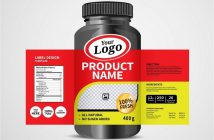Product packaging is so important in communicating what your brand is all about to any potential customers. It plays a large role in attracting loyal customers to your brand that will turn to your products time and time again.
As such, there are many different factors to take into account when designing packaging. You also want to choose a design that won’t require any changes down the line. Your brand needs to portray a consistent image.
From paying attention to quality and functionality to branding, you should be mindful of these six factors to consider when designing packaging:
Factor #1: Packaging Distribution
 By understanding the journey your product is going to take in its packaging (the distribution process), it will help you understand the type of packaging you should be using. You want to choose packaging that will stand up to the distribution process.
By understanding the journey your product is going to take in its packaging (the distribution process), it will help you understand the type of packaging you should be using. You want to choose packaging that will stand up to the distribution process.
When designing packaging, also take into account how the product is going to be stored. If it will serve your product well to have additional packaging inside, like bubble wrap, for example, be sure to include that.
Factor #2: Quality and Functionality
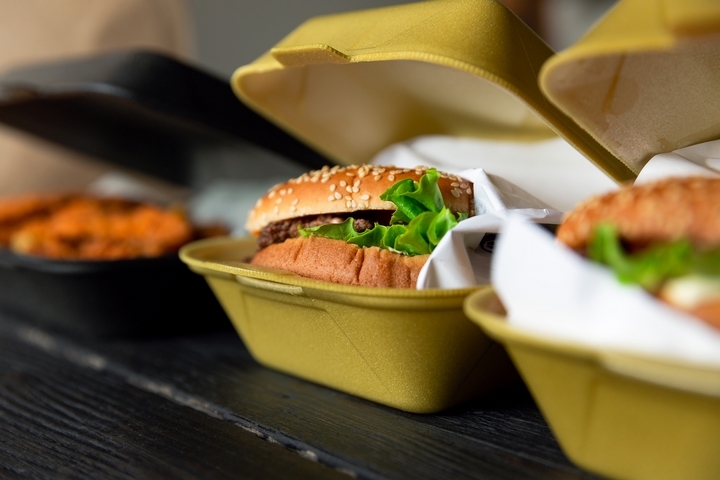 Quality and functionality are another important factors to consider when designing packaging. The higher the quality of your packaging, the more likely consumers are to see your product as high-quality too.
Quality and functionality are another important factors to consider when designing packaging. The higher the quality of your packaging, the more likely consumers are to see your product as high-quality too.
Quality is an important factor to take into account since your products will be travelling and need to stand up to a bit of wear and tear. Effective packaging will keep your products safe and ensure it arrives at the store in one piece and good condition. Work with a reliable packaging company to ensure quality and functionality are both priorities.
It’s also important that your product packaging be functional enough to do the job it’s supposed to do. The last thing you want to do is invest in packaging that doesn’t properly protect your product or act the way it’s supposed to.
Factor #3: Packaging Clarity
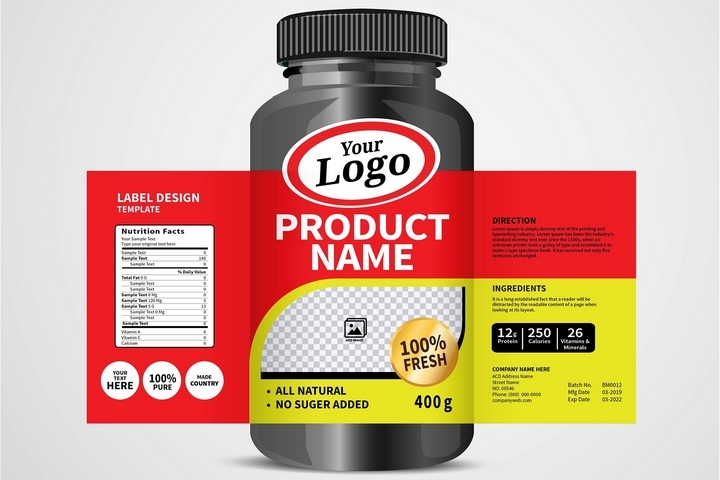 When designing product packaging, you want your messaging to be as clear and precise as possible. You don’t want is to bombard your target demographic will too much information, or information that does not make sense.
When designing product packaging, you want your messaging to be as clear and precise as possible. You don’t want is to bombard your target demographic will too much information, or information that does not make sense.
For example, if you’re selling food, it’s imperative that you clearly communicate all of the ingredients, expiry date, and any necessary tips.
The clearer you can portray your message, the easier it will be for consumers to pick up your product and buy it.
Factor #4: Packaging Branding
 Product packaging is also vital in representing your brand. You want to have your company logo front and center on the package. It’s also wise to include colours that appeal to your brand as well as your target demographic. Since many consumers decide which products to buy based on the look of the packaging alone, you don’t want to miss this opportunity to sell your product to potential customers.
Product packaging is also vital in representing your brand. You want to have your company logo front and center on the package. It’s also wise to include colours that appeal to your brand as well as your target demographic. Since many consumers decide which products to buy based on the look of the packaging alone, you don’t want to miss this opportunity to sell your product to potential customers.
After time, and with the use of consistent branding, customers will come to know your product and automatically gravitate towards it when purchasing in-store and even online. Don’t miss this opportunity to tell your brand story!
Factor #5: Packaging Authenticity
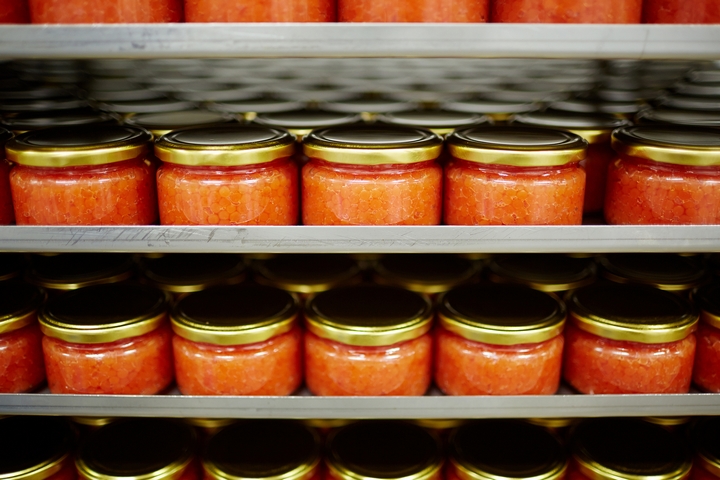 When designing packaging, think about the originality and memorability of the packaging. You want your packaging to be on brand but to stick out as well. With all of the competition out there, designing your packaging this way will ensure that you stand out from the crowd.
When designing packaging, think about the originality and memorability of the packaging. You want your packaging to be on brand but to stick out as well. With all of the competition out there, designing your packaging this way will ensure that you stand out from the crowd.
By authentically presenting your packaging, consumers will be drawn to your product simply by your original and authentic design.
Get creative and find a design that speaks to you and your target market. Enlist the help of a product packaging designer to help you craft your packaging. Investing time and money in this area will pay off in the long run.
Factor #6: Shelf Impact
 Since your product will be on the shelf with many other products, another thing to take into account when designing packaging is the shelf impact it will have. Due to the viewing distance of products as well the products being arranged in rows and columns, shoppers see different patterns made from different products. Customers will only look once a pattern has sparked their interest.
Since your product will be on the shelf with many other products, another thing to take into account when designing packaging is the shelf impact it will have. Due to the viewing distance of products as well the products being arranged in rows and columns, shoppers see different patterns made from different products. Customers will only look once a pattern has sparked their interest.
Shelf impact is something you should test in your designs. You can easily do this by imitating the placement of your design on an actual shelf. Then, surround it with other products. Be sure to use many rows and columns of each product. Essentially, the more distinctive your product looks, the better it will sell.
We hope these tips will help you design the perfect packaging for your products.

